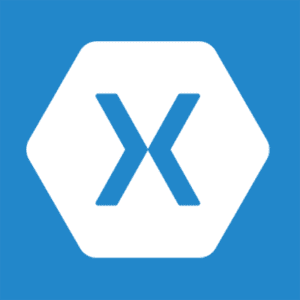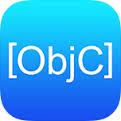The results are in and the winners from yesterday are: Limor Fried, Erica Sadun, Jake Marsh, and Jake Wharton. Here is your updated Bracket.
[separator type=”” size=”” icon=””]
On to the third bracket of Mobile Madness 2016 with the numbers, the code, the languages and platforms. FULL STACK BABY!
First up: The Kings of the Mobile Kingdom
iOS vs Android
iOS and Android have been battling it out in the mobile space from day one. Globally, Android has a whopping 84.7% marketshare while iOS has only 13.1% (Q3 2015). Having multiple hardware manufacturers and OS distributions, Android provides many options to the end user, but at the cost of a consistent and reliable experience between them. iOS can deliver a high quality experience across all devices because Apple is fully in control of the design and production of their hardware and software, but it comes with a higher price point and fewer options.

So which wins? Beauty or Breadth of Market? Answer the twitter poll here
[separator type=”” size=”” icon=””]
Second Bracket: Everything to Everyone: Cross Platform
React Native vs Xamarin
React Native is a version of Facebook’s React.js, developers can write javascript that controls native UI elements among other things. React has been praised for it’s architectural design and the resulting increase in developer productivity. Xamarin, recently acquired by Microsoft, is a cross-platform development solution for writing native apps in C#. It comes with a robust IDE called Xamarin Studio that makes building cross-platform apps a breeze. One major difference between the two is that React Native is open source, while Xamarin is not only closed source, but requires a monthly subscription to use (but you get real support!).


Who knew we’d bit pitting Facebook against Microsoft in a mobile development battle. What do you think of these unlikely platform contenders? Answer the twitter poll here
[separator type=”” size=”” icon=””]
Third Bracket: Languages in the Key of C
Objective C vs C++
While both languages are in the C family, Objective-C and C++ have some huge differences. Objective-C is a dynamic language where everything compiles down to C code that uses the Objective-C runtime library. C++ is usually compiled to assembly and has no runtime library which means it’s generally much faster. Most Objective-C programs are now compiled with ARC which will manage memory for you, whereas a C++ developer must be very careful of how they allocate and free memory in their program. Objective-C has proven very productive for writing high-level code such as UI or business logic. C++ is less productive but much more powerful when you need to work at a low level, like when implementing high-performance graphics or audio processing.


High brow or low power? Which C will it be? Answer the twitter poll here
[separator type=”” size=”” icon=””]
Fourth Bracket: Old Kids and New Kids
Java vs Swift
Java is generally accepted as the most widely used programming language today, and has been for some time. Swift is quite new on the scene, which only hit 1.0 in September, 2014. Swift has been acclaimed for it’s use of functional programming and value types which can help simplify problems in the minds of developers. Java works mostly with objects and reference types and only recently added functional programming capabilities through lambdas. Swift is entirely open source whereas only some Java implementation are (see OpenJDK). Swift still has much to prove for general use outside of iOS and Mac apps, but support from the open source community as well as big players like IBM is driving adoption for the language at a rapid pace.



 As of now, we’re still transitioning ourselves to a Swift mentality. We’re doing our best to write all our new classes in Swift which is introducing all kinds of interesting problems that come with managing Objective-C and Swift in the same codebase.
As of now, we’re still transitioning ourselves to a Swift mentality. We’re doing our best to write all our new classes in Swift which is introducing all kinds of interesting problems that come with managing Objective-C and Swift in the same codebase.